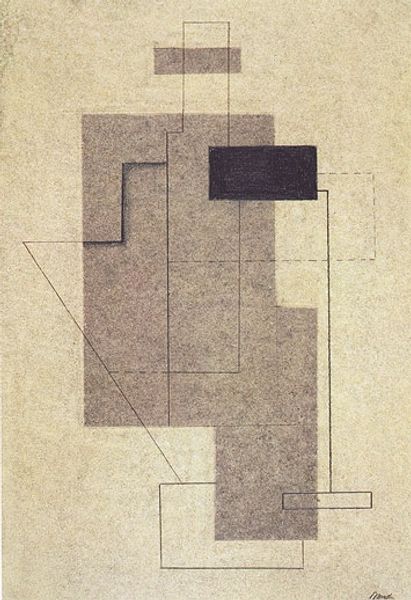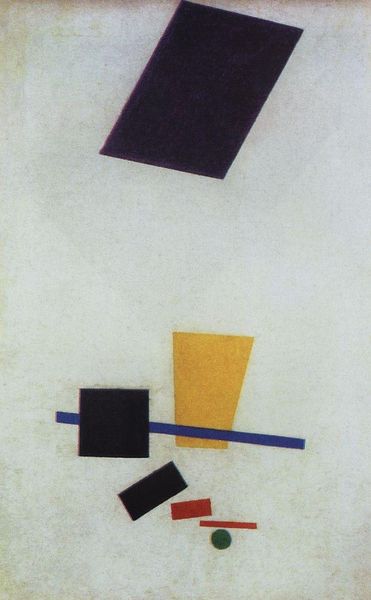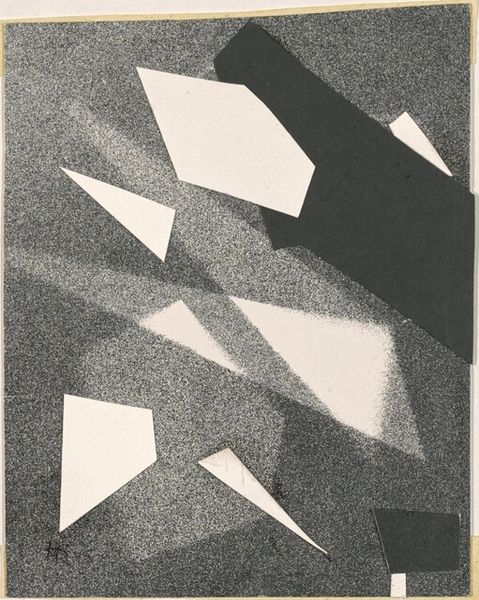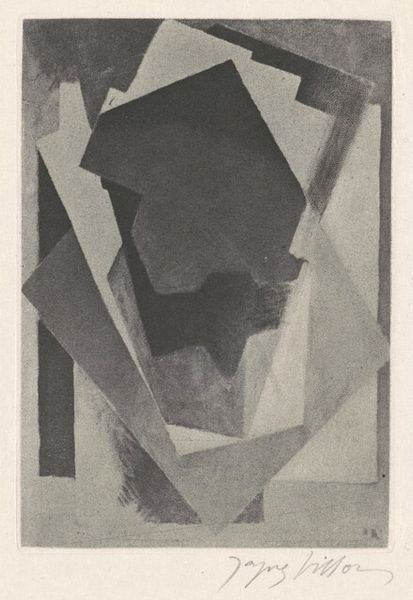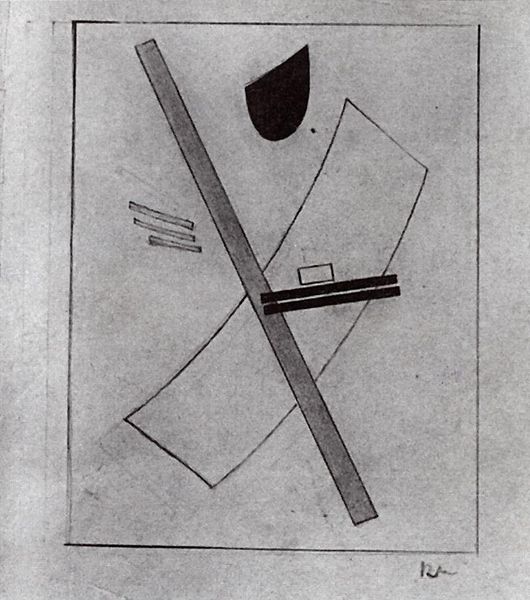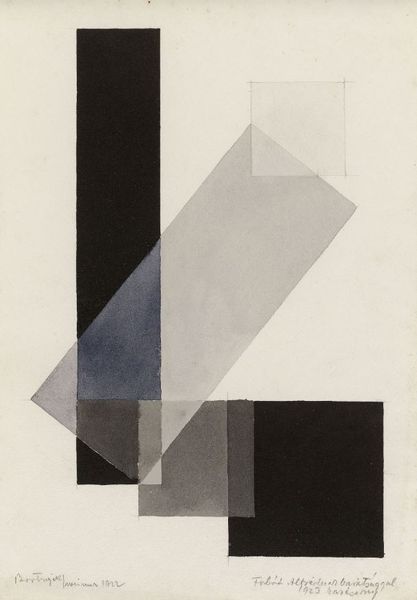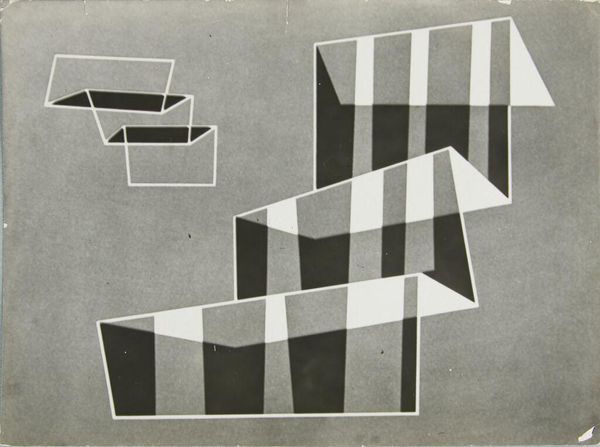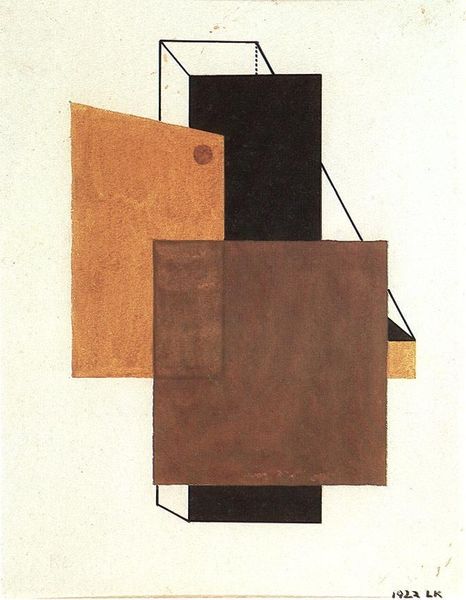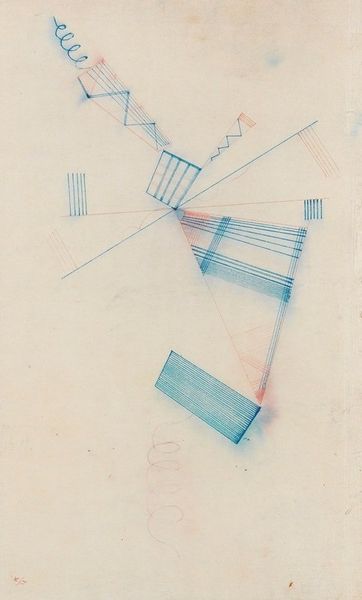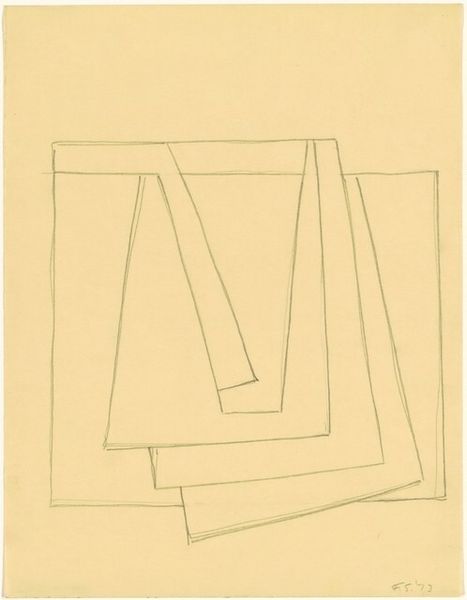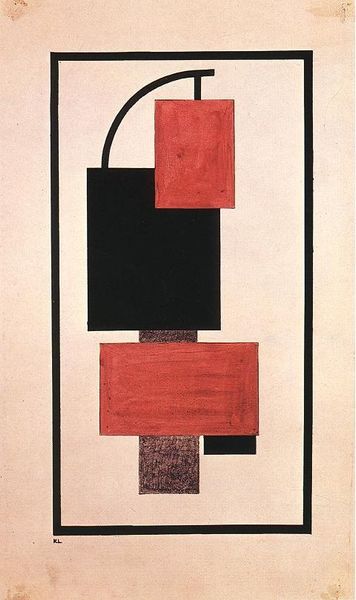
drawing, graphite
#
drawing
#
form
#
pencil drawing
#
geometric
#
abstraction
#
line
#
graphite
#
russian-avant-garde
#
graphite
#
modernism
#
suprematism
Copyright: Public domain
Curator: Welcome. Before us is Kazimir Malevich’s drawing, "Suprematic Track," created around 1916, a compelling example of Suprematism rendered in graphite and pencil. Editor: Stark. Almost severe in its simplicity. The geometric shapes, predominantly rectangles, seem to float against the blank page. There's a sense of imbalance, of deliberate disruption of spatial harmony. Curator: That imbalance is central to Suprematism's revolutionary spirit. Malevich sought to break away from representational art entirely, aiming for a pure expression of feeling through geometric forms. Think about the Russian Revolution brewing during that time. This wasn’t just art; it was a rejection of the old order. The limited palette suggests austerity and focus on essential forms. Editor: Yes, and within that limitation lies power. The sharp lines and contrasting tones of graphite create a dynamic visual tension. It draws the eye and forces it to reconcile these fragmented shapes. How much did the readymade factor in the means of production? Curator: The ‘means’ here are humble but deliberate: pencil, graphite, paper. While not a ‘readymade’ in the Duchampian sense, the stark materiality points to a deliberate unpretentiousness, prioritizing concept over craft. Editor: But isn’t that 'concept' still deeply reliant on the tangible elements? The graphite’s sheen, the paper’s texture - they contribute just as significantly to the viewing experience. The diagonal orientation amplifies the sense of dynamism and movement within the static image. What’s so impressive is the use of such rudimentary forms. It transcends mere geometric design. Curator: For Malevich, those forms weren’t rudimentary, they were fundamental, each with inherent meaning beyond their physical appearance. The “Suprematic Track,” in its limited material means, sought to create a new visual language rooted in feeling. The choice of pencil and graphite reinforces this raw simplicity. The artwork served as visual manifestation of socio-political change. Editor: And yet, despite those grand intentions, I keep returning to the simple, formal relationships: how the shapes interact, the light and shadow they cast—the almost brutal elegance of its construction. Curator: Indeed. Malevich wanted to overthrow an establishment, he did so not only with color, form, and composition. Editor: I find it incredible how a basic art can invoke and inspire so much discourse and debate.
Comments
No comments
Be the first to comment and join the conversation on the ultimate creative platform.
